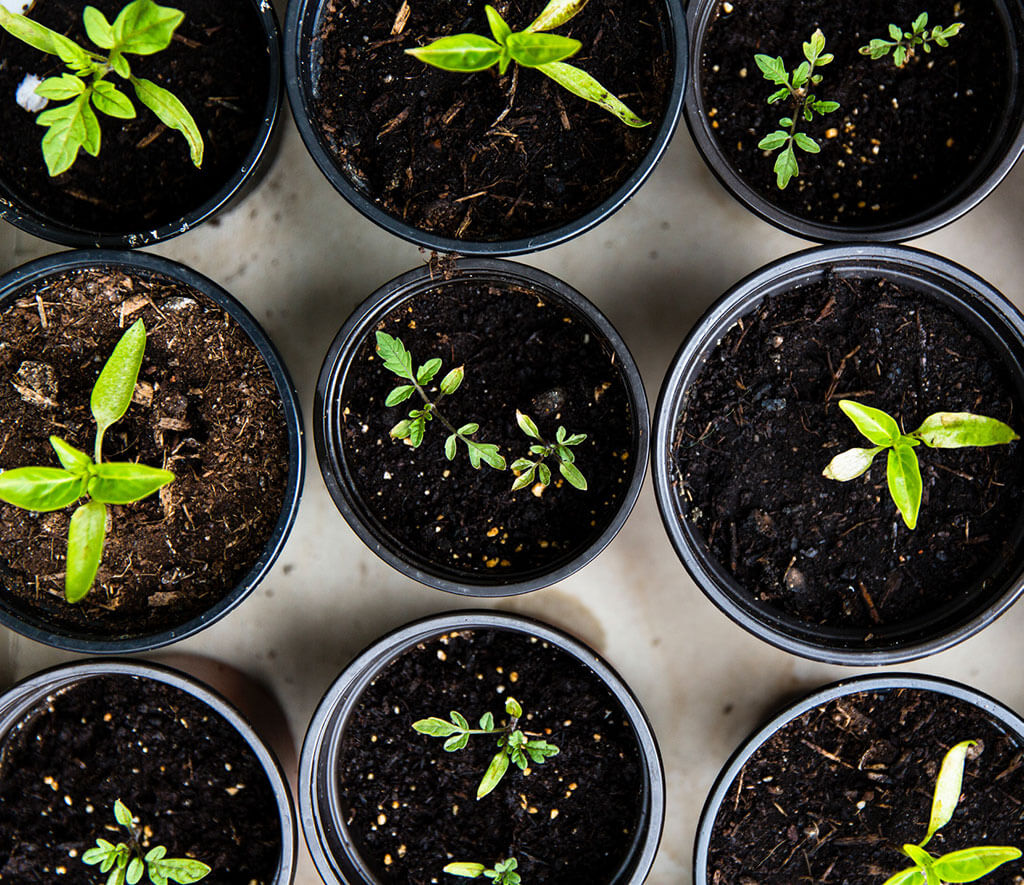
Gardening is uniquely satisfying. There’s work involved, but it’s the simple, peaceful kind you can do while you meditate or ponder; you’re placing yourself directly in the current of life’s river and helping it flow. And at the end of the day, there’s salad that tastes of sunshine and satisfaction.
Following a few time-honored guidelines will help you avoid the pitfalls that can interfere with that enchantment. So here’s a basic primer that will set you on the path to victory in the garden.

tools
You’ll want a few basics: gloves, a sun hat, something to sit or kneel on, and a couple of digging tools like a spade and a garden claw, a watering can or a hose with a watering attachment. These few objects will make your work so much easier.
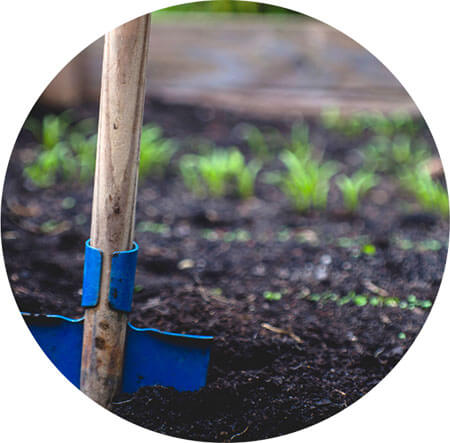
the dirt
It all begins with soil. Is it mostly clay? Sandy? If it’s super-sandy or super-dense, you’ll want to amend it with some topsoil or potting soil. You’ll also need to break it up; do yourself a favor and rent or borrow a tiller for this if your planned garden is large.
Different kinds of plants prefer different kinds of soil; do some research, choose the ones you love to eat, and plant them at the recommended time of year. Read the instructions. Chat up the people at the plant nursery.

compost
Compost adds nitrogen, which is wonderful, but if you’re adding it just before planting it needs to be well-aged. Fall is a great time to add compost or manure to your garden bed, giving it time to break down further into the soil. Double-digging—removing the topsoil, breaking up the layer below and mixing in compost, then replacing the topsoil—is labor-intensive, but the effort pays off.
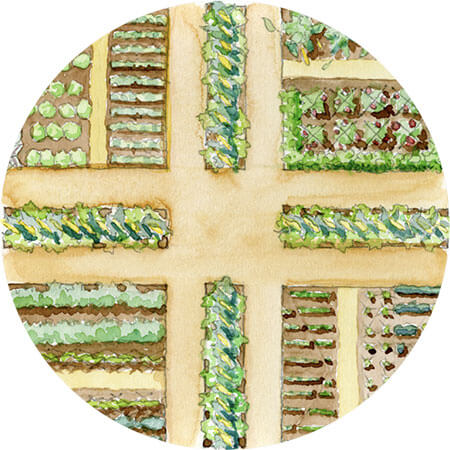
the design
Plan ahead. Draw your garden out on paper, or set your young plants out atop the soil in possible arrangements and rearrange until it feels just right. Label the location of each crop; it can be easy to forget what’s planted where.
Grow things you love to eat and choose the healthiest-looking seedlings you can find.
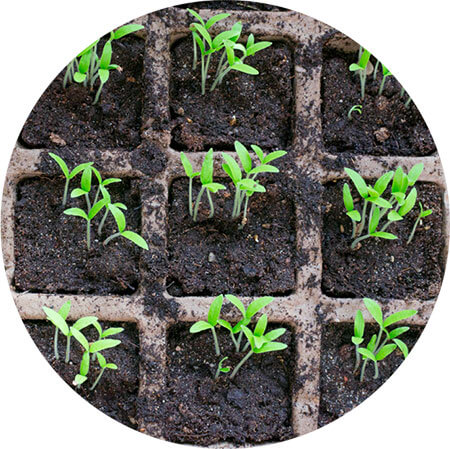
seedlings
If your plan is to plant from seeds, you’ll need containers, good quality seed starting soil, and a warm, well-lit place for the babies to grow. If you have abundant natural light pouring into your home, that will suffice; otherwise, consider purchasing grow lights for ensured success. Follow the instructions on the seed package to the letter, and be ready to plant the seedlings into the ground when grown enough. Local nurseries abound with varieties of seeds and experts who are ready to guide you. Starting from seed allows you to choose a specific variety that may be hard to find.
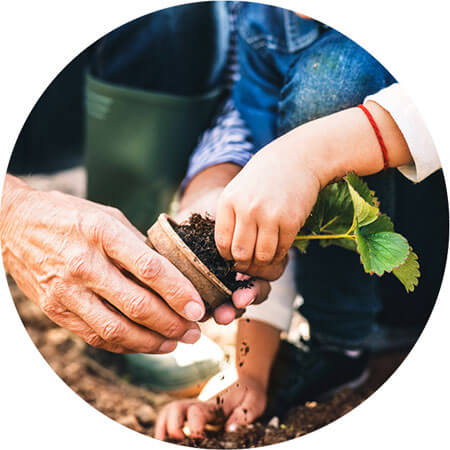
planting
When you’ve got your nice loose soil and your seedlings, dig a hole for each that’s a little bigger than the plant’s root ball. Don’t pull the plant out of its little pot by the stem; instead, turn it over and squeeze the sides of the cup till the plant drops neatly into your hand. Set it in its nest and fill in loosely. Water thoroughly. Repeat at the recommended distance; you don’t want to overcrowd.
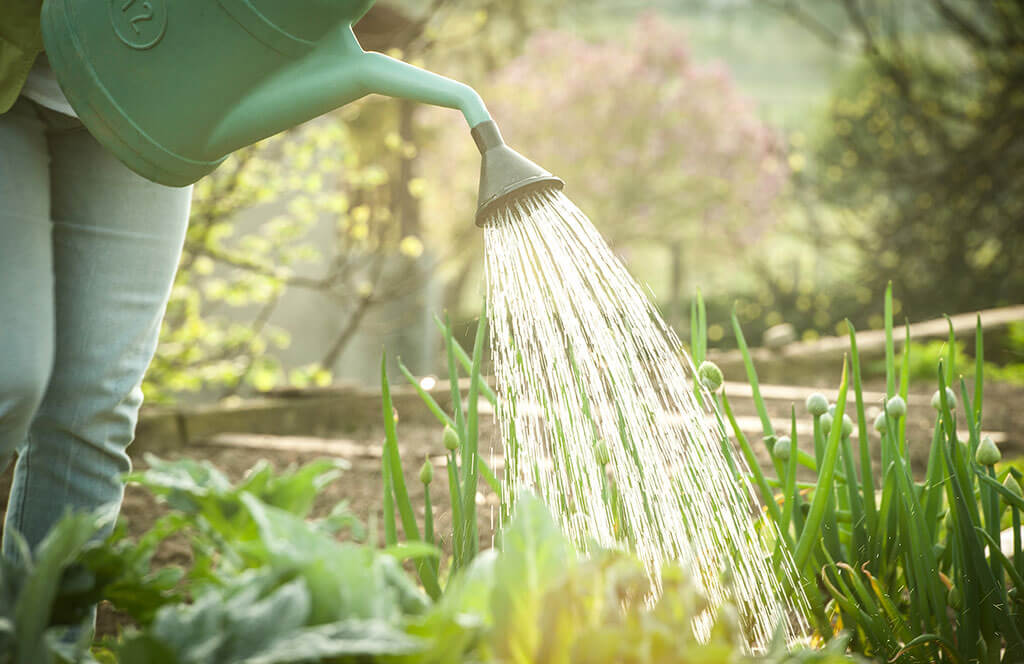
watering
Keep the soil moist while seeds are germinating or seedlings are taking root, but don’t drown the poor things. Once plants are established, water as needed. A quick test is to stick your finger about two inches into the dirt; if it’s dry, water. Simulate a few minutes of gentle steady rain.
intruders
Stay ahead of the weeds from the start. You need to get them out roots and all and that’s a lot easier when they’re wee and tender. Dispose of them someplace besides your compost pile or you run the risk of re- planting them. Also have a plan for dealing with bugs and other hungry interlopers. Organic pest management is about understanding your specific pests and employing a variety of best practices to keep them under control, mitigating damage while being gentle to the land.
advisors
Make friends with your local branch of the Cornell Cooperative Extension. Their Community Horticulture Programs are a treasure trove of expertise and services; they’ll help you every step of the way, whether you’re planting veggies, herbs, ornamentals, ornamental veggies and herbs, or all of the above and an orchard.

